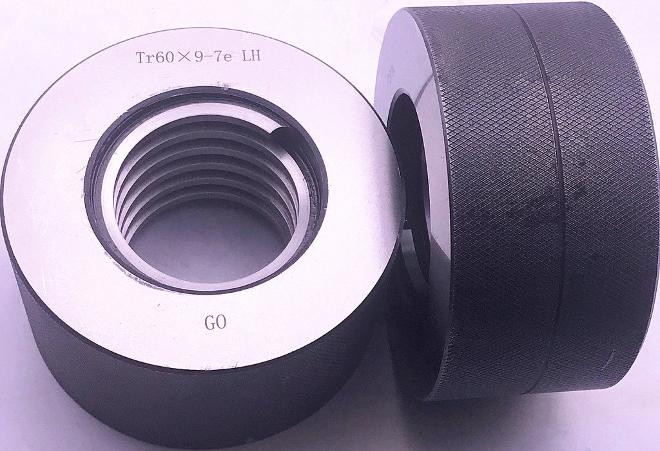Anticipating and Addressing Delays in Thread Gauge and Thread Tap Sourcing Cycle

Delays in the sourcing of essential components like thread gauges and thread taps can have far-reaching consequences and it can disrupt production schedules, lead to inefficiencies, and can result in costly repercussions. Addressing delays involves not just reacting to them but actively anticipating and preemptively addressing potential delays in the sourcing cycle. This approach focuses on building resilience and preparedness into your procurement process, ensuring smoother operations.
The initial phase in adopting this proactive approach involves comprehending the array of factors that could lead to delays within the sourcing cycle. Delays may emanate from diverse origins, encompassing issues linked to suppliers, logistical complexities, or shifts in demand dynamics. By recognizing these potential triggers for delays, you can formulate contingency plans aimed at mitigating their adverse consequences. Supplier-related concerns may encompass issues such as delays in production, quality control complications, or abrupt disruptions in the supply chain. Logistical hindrances might entail delays in shipping, complications related to customs clearance, or transport-related challenges. Changes in demand may be rooted in fluctuations within market conditions or internal modifications in production requisites. Acquiring insight into these possible sources of delay represents the primary phase in the establishment of a robust and resilient sourcing cycle.
Fostering strong relationships and proactive management of your NPT thread gauge inventory can help mitigate the impact of sourcing delays. Maintaining safety stock, which is an extra inventory buffer, can serve as an effective risk management strategy. In the event of a delay, having safety stock on hand can bridge the gap between when you need thread gauges and thread taps and when you receive them. This buffer minimizes the immediate impact on your production schedule and provides valuable breathing room to address the delay effectively.
Furthermore, establishing robust contingency plans is a crucial aspect of the proactive approach. These plans outline the steps and strategies to follow when sourcing delays occur. A well-designed contingency plan includes alternative ACME thread tap sourcing options, predefined communication procedures, and clearly delineated responsibilities. It should be a regularly updated document to account for changes in suppliers, logistics, and market dynamics. When a delay arises, your contingency plan can be immediately put into action, minimizing disruptions, and ensuring that your production schedule remains on track.
By fostering strong supplier relationships, maintaining safety stock, embracing technology, and establishing robust contingency plans, you can proactively address potential delays and keep your production processes running smoothly.